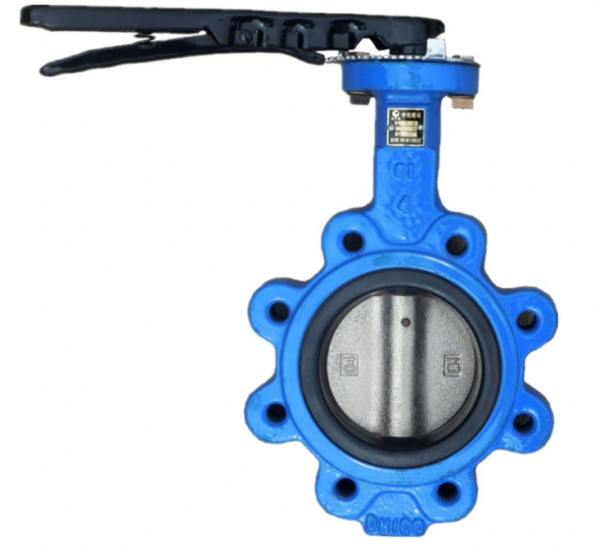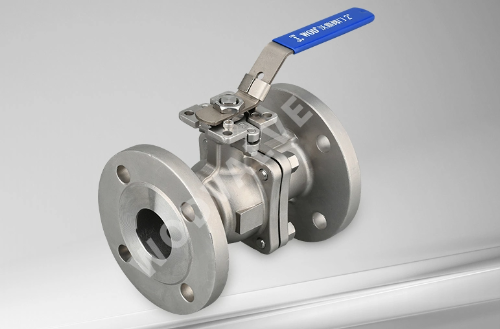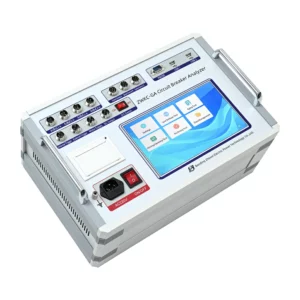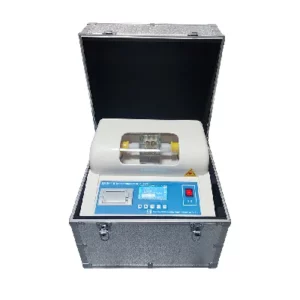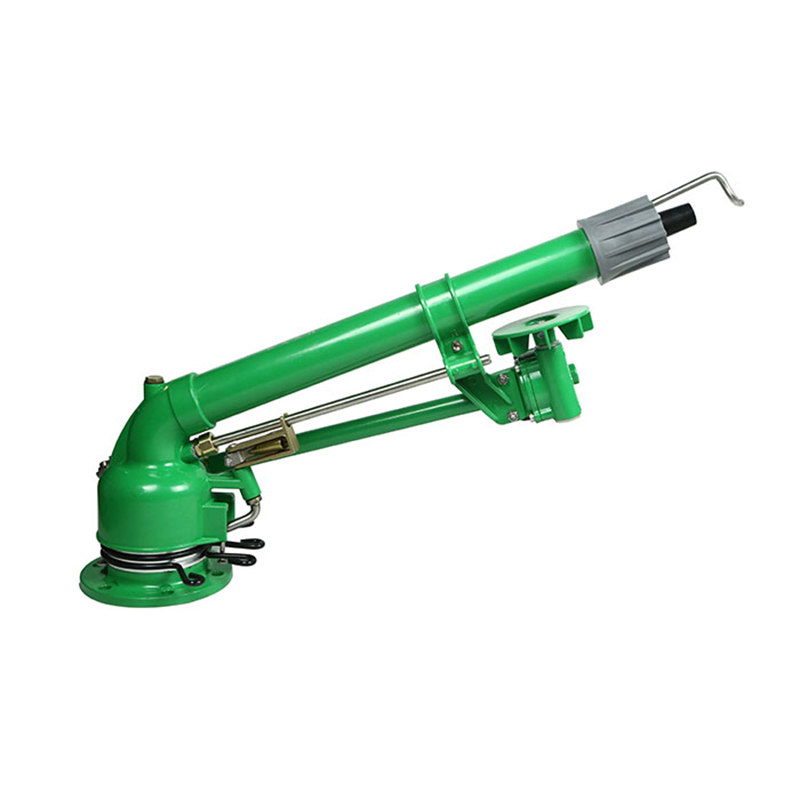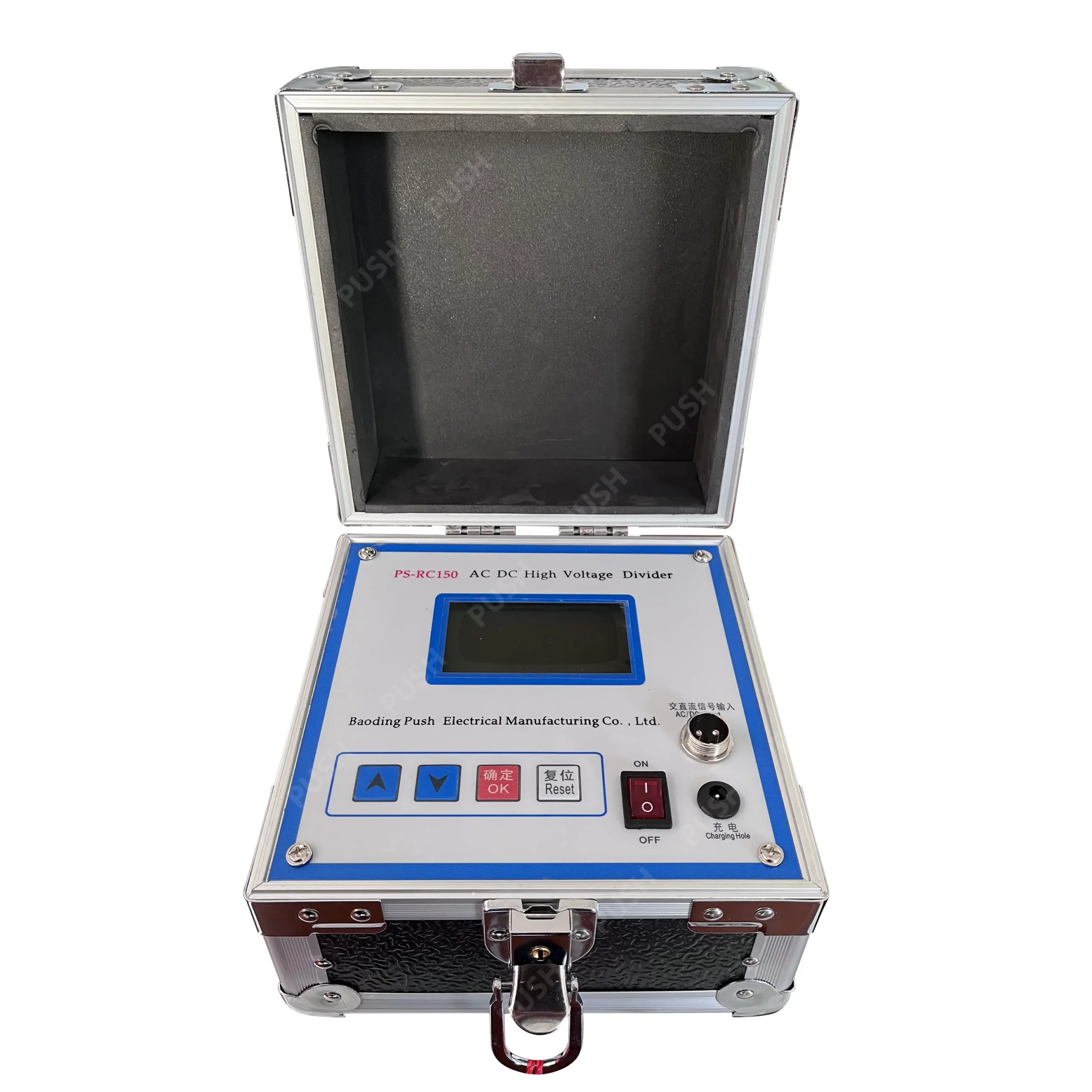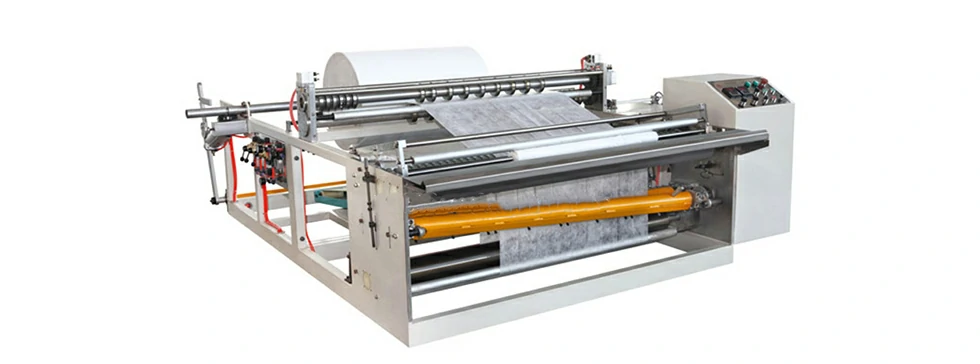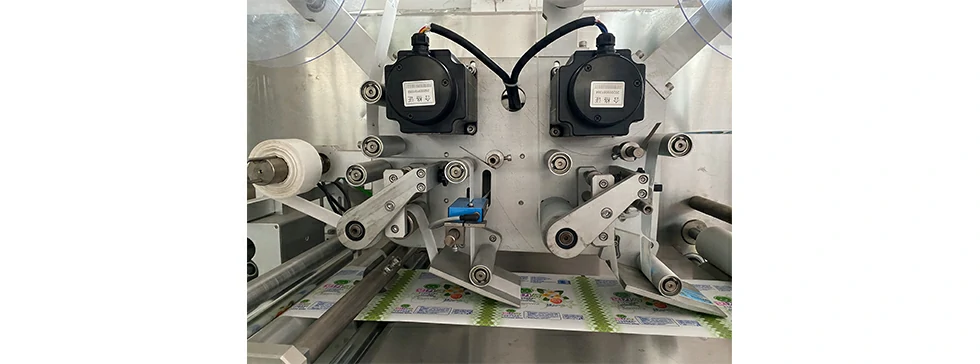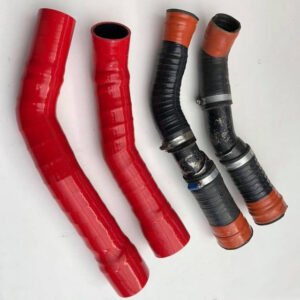Big pneumatic actuator butterfly valves are specifically designed to minimize pressure drops in large-diameter pipelines by leveraging their unique characteristics and design features.
Here’s how they achieve this:
- Streamlined Flow Path: Big pneumatic actuator butterfly valves are designed with a streamlined flow path through the valve body and disc. The disc, when fully open, creates a smooth, unobstructed flow path, minimizing turbulence and reducing pressure drops across the valve. This streamlined design allows fluids to flow through the valve with minimal resistance, optimizing flow efficiency and reducing energy consumption.
- Low Friction Seal: The sealing mechanism of big pneumatic actuator butterfly valves is designed to minimize friction and resistance to flow. Resilient seat materials, such as EPDM or PTFE, are used to create a tight seal between the disc and the valve body while maintaining low friction characteristics. This ensures that the valve provides effective shut-off without impeding flow when fully open, minimizing pressure drops across the valve.
- Large Flow Capacity: Big pneumatic actuator butterfly valves are specifically designed to handle large flow rates commonly encountered in large-diameter pipelines. The disc geometry and size are optimized to maximize flow capacity while minimizing flow restrictions and pressure drops. This allows the valve to efficiently regulate flow in high-flow applications without causing significant pressure losses.
- Compact Design: Despite their large size, big pneumatic actuator butterfly valves are designed to be compact and lightweight compared to other types of valves, such as gate valves or globe valves. The compact design minimizes the space required for valve installation and reduces the overall weight of the valve assembly. This not only simplifies installation but also reduces the structural load on the pipeline, minimizing pressure losses due to pipe deflection or bending.
- Quick Response Time: Pneumatic actuators used in big butterfly valves offer quick response times, allowing for rapid valve opening and closing in response to changes in flow conditions or control signals. This quick response capability minimizes flow disturbances and pressure surges associated with valve operation, further reducing pressure drops across the valve and improving flow stability in the pipeline.
- Robust Construction: Big pneumatic actuator butterfly valves are constructed from durable materials such as carbon steel, stainless steel, or ductile iron, capable of withstanding high pressures and temperatures encountered in industrial applications. The robust construction ensures long-term reliability and performance, minimizing the risk of valve failures or leaks that could contribute to pressure drops in the pipeline.
Overall, big pneumatic actuator butterfly valves are designed to minimize pressure drops in large-diameter pipelines by providing a streamlined flow path, low-friction sealing mechanism, large flow capacity, compact design, quick response time, and robust construction. These features optimize flow efficiency, reduce energy consumption, and ensure reliable operation in high-flow applications, making them well-suited for various industrial, commercial, and municipal applications.
